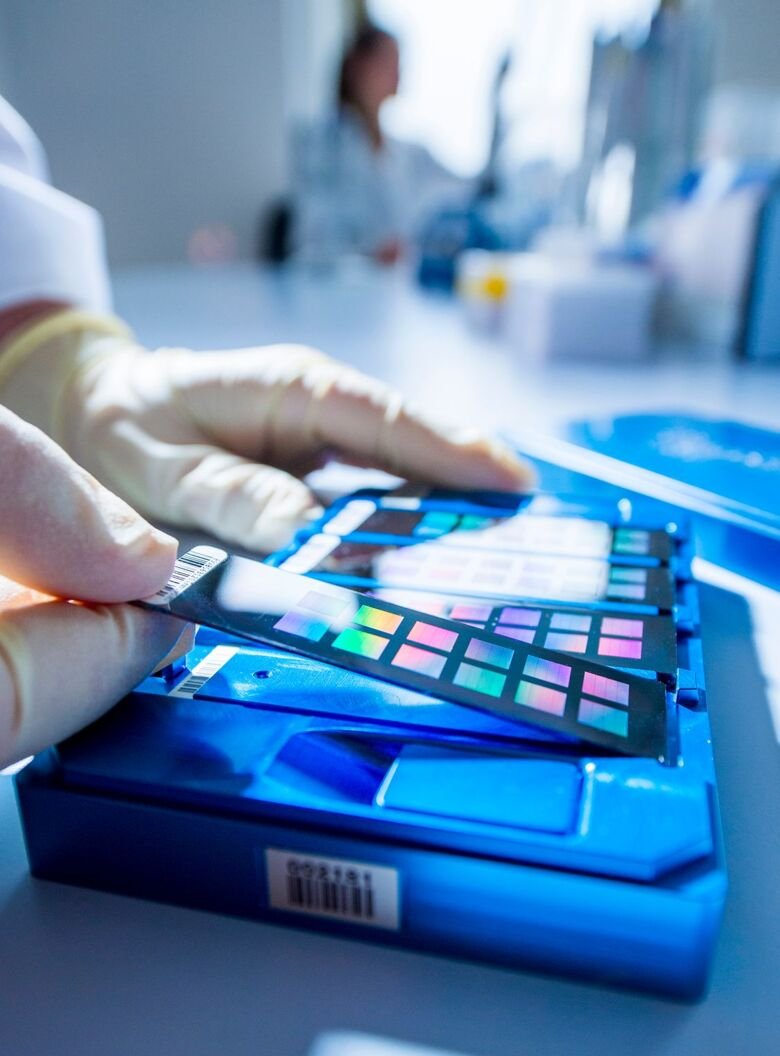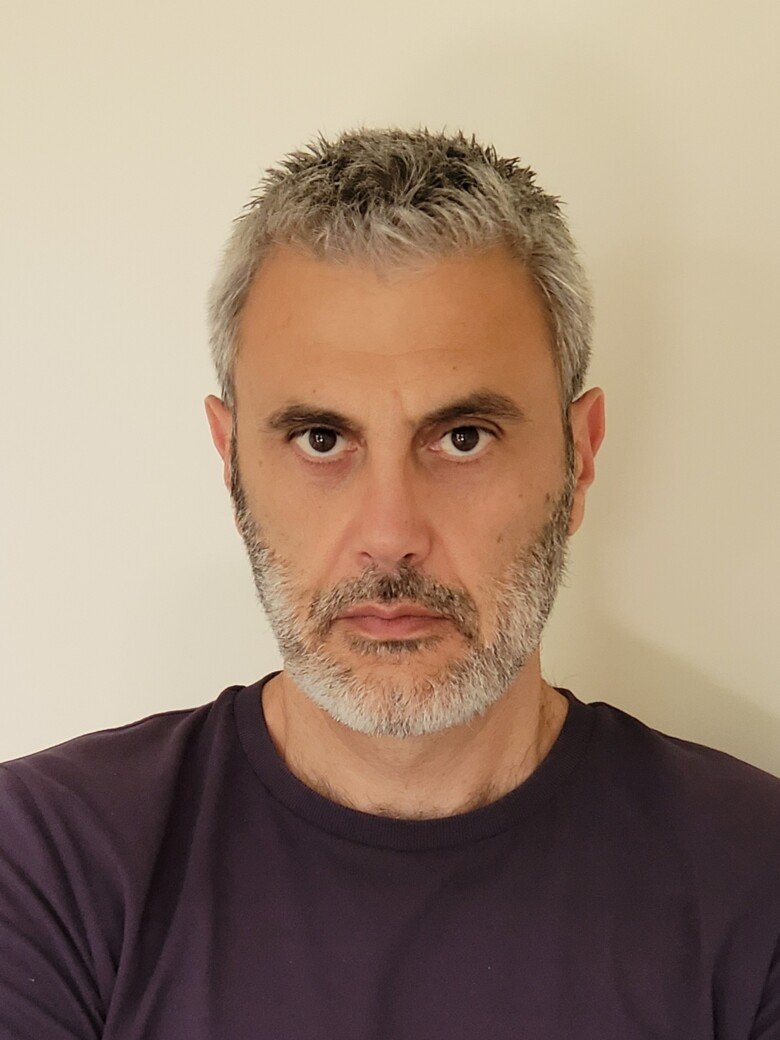Large genetic study sheds light on the causes of hemorrhoids

Although hemorrhoids are a common health problem, relatively little is known about the field, possibly because many people find them difficult to talk about. Researchers linked to Karolinska Institutet have been involved in a study that has analysed the genomes of almost a million people and found previously unknown causes of severe hemorrhoids. The study, which is published in the journal Gut, also reveals links to other gastrointestinal diseases.
Hemorrhoids are blood-filled cushions at the end of the gastrointestinal tract that control defecation. If the pressure on them increases, they can swell and cause itching, pain, bleeding and other conditions that restrict the lives of sufferers in various ways. Obesity, a sedentary lifestyle, a low intake of dietary fibre, constipation and spending too much time on the toilet are apparent risk factors.
The problems can often be alleviated using over-the-counter medication. In more serious cases, however, surgery is required. Hemorrhoids are a very common problem that has both social and financial consequences. In the U.S., the annual cost of surgery for severe hemorrhoids is estimated at $800 million (approximately 6.7 billion kronor).
Data from biobanks
Despite hemorrhoid being very common, the field is relatively under-researched. Science has yet to explain why only certain people develop them, or provide clues as to the molecular pathogenesis of the disease.
Researchers at Karolinska Institutet, CIC bioGUNE (Spain), the Institute of Clinical Molecular Biology (Germany), the 23andMe Research Team, the Mayo Clinic and University of Michigan (U.S.), amongst other institutes, have now conducted the largest study to date on the genetic causes of hemorrhoidal disease.
The data, which was sourced from several biobanks in Europe and the U.S. including the UK Biobank and 23andMe, comprised 218,929 patients with hemorrhoidal disease and 725,213 healthy controls, making a total genome set of almost one million individuals.
The analyses identified genes in 102 regions of the human genome that increase the risk of hemorrhoidal disease. Studying individual hemorrhoidal cells, the researchers found that the genes are primarily expressed in the blood vessels and smooth muscle of the gastrointestinal tract. Smooth muscles are connected to the autonomous nerve system and found, for example, in the internal anal sphincter.
Dysfunction of intestinal connective tissue
The study’s results indicate that severe hemorrhoidal disease is at least partly attributable to a genetically caused dysfunction of the intestinal muscle and connective tissue.
“The results identify hitherto unknown causes of a common health problem,” says the study’s first author Tenghao Zheng, researcher at the Department of Medicine, Solna, Karolinska Institutet. “Hopefully this new knowledge will eventually give rise to effective non-surgical treatment.”
When the genetic information was computed into polygenic risk scores (PRS), the researchers found a direct correlation between PRS and the risk of developing severe hemorrhoidal disease in a further 180,435 individuals from biobanks in Norway, Denmark and Germany.
The researchers also report genetic similarities between hemorrhoidal disease and other gastrointestinal conditions, as well as some cardiovascular and psychiatric disorders.

“Our PRS results require further validation and to be studied in different ethnic groups, but they could help to identify at-risk individuals who might be monitored and eventually benefit from preventative lifestyle changes, in analogy with other diagnoses and genetic risk factors,” says the study’s joint corresponding author Mauro D'Amato, visiting professor at the Department of Medicine, Solna, Karolinska Institutet and professor at CIC bioGUNE in Spain.
The study was financed by the Swedish Research Council, the Novo Nordisk Foundation and BigTempHealth. Vladimir Vacic and Olga Sazonova are or have been employed by and own shares in the biotech company 23andMe. There are no other reported conflicts of interest.
Publication
“Genome-wide analysis of 944,133 individuals provides insights into the etiology of hemorrhoidal disease.” Tenghao Zheng, David Ellinghaus, Simonas Juzenas, François Cossais, Greta Burmeister, Gabriele Mayr, Isabella Friis Jørgensen, Maris Teder-Laving, Anne Heidi Skogholt, Sisi Chen, Peter R. Strege, Go Ito, Karina Banasik, Thomas Becker, Frank Bokelmann, Søren Brunak, Stephan Buch, Hartmut Clausnitzer, Christian Datz, DBDS Consortium, Frauke Degenhardt, Marek Doniec, Christian Erikstrup, Tõnu Esko, Michael Forster, Norbert Frey, Lars G. Fritsche, Maiken Elvestad Gabrielsen, Tobias Gräßle, Andrea Gsur, Justus Gross, Jochen Hampe, Alexander Hendricks, Sebastian Hinz, Kristian Hveem, Johannes Jongen, Ralf Junker, Tom Hemming Karlsen, Georg Hemmrich-Stanisak, Wolfgang Kruis, Juozas Kupcinskas, Tilman Laubert, Philip Rosenstiel, Christoph Röcken, Matthias Laudes, Fabian H. Leendertz, Wolfgang Lieb, Verena Limperger, Nikolaos Margetis, Kerstin Mätz-Rensing, Christopher Georg Németh, Eivind Ness-Jensen, Ulrike Nowak-Göttl, Anita Pandit, Ole Birger Pedersen, Hans Günter Peleikis, Kenneth Peuker, Cristina Leal Rodriguez, Malte Rühlemann, Bodo Schniewind, Martin Schulzky, Jurgita Skieceviciene, Jürgen Tepel, Laurent Thomas, Florian Uellendahl-Werth, Henrik Ullum, Ilka Vogel, Henry Völzke, Lorenzo von Fersen, Witigo von Schoenfels, Brett Vanderwerff, Julia Wilking, Michael Wittig, Sebastian Zeissig, Myrko Zobel, Matthew Zawistowski, Vladimir Vacic, Olga Sazonova, Elizabeth S. Noblin, The 23andMe Research Team, Gianrico Farrugia, Arthur Beyder, Thilo Wedel, Volker Kahlke, Clemens Schafmayer, Mauro D’Amato, Andre Franke. Gut, online April 22, 2021, doi: 10.1136/gutjnl-2020-323868.
